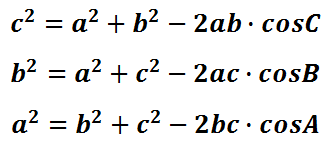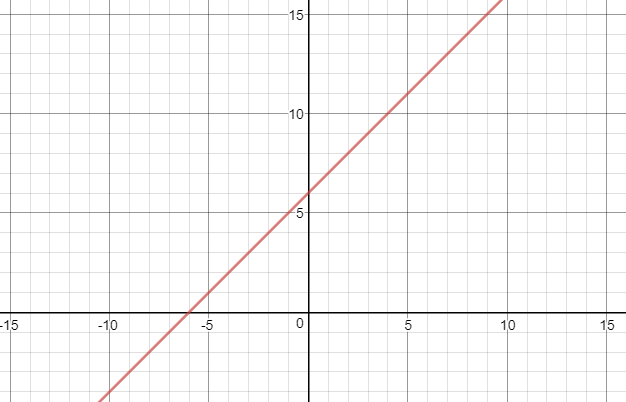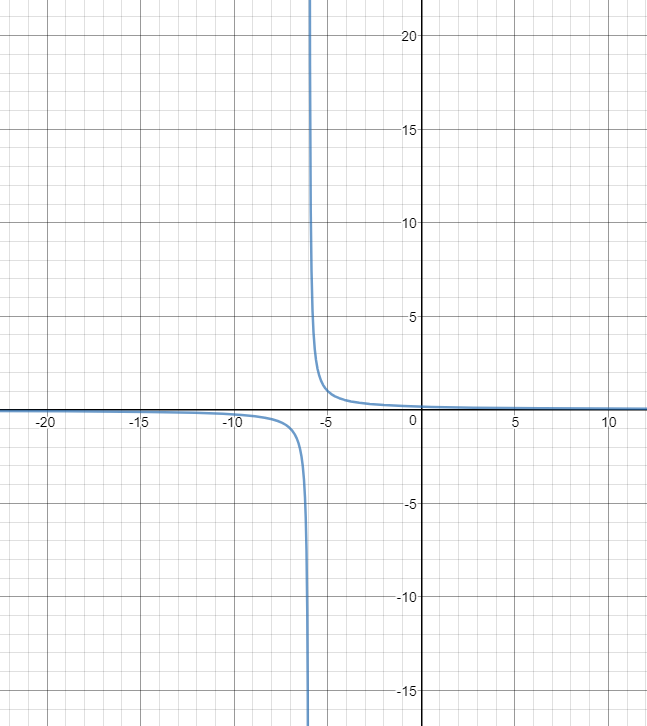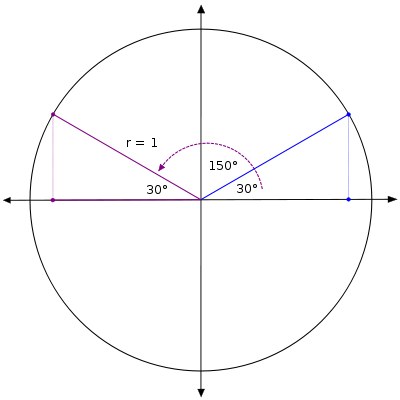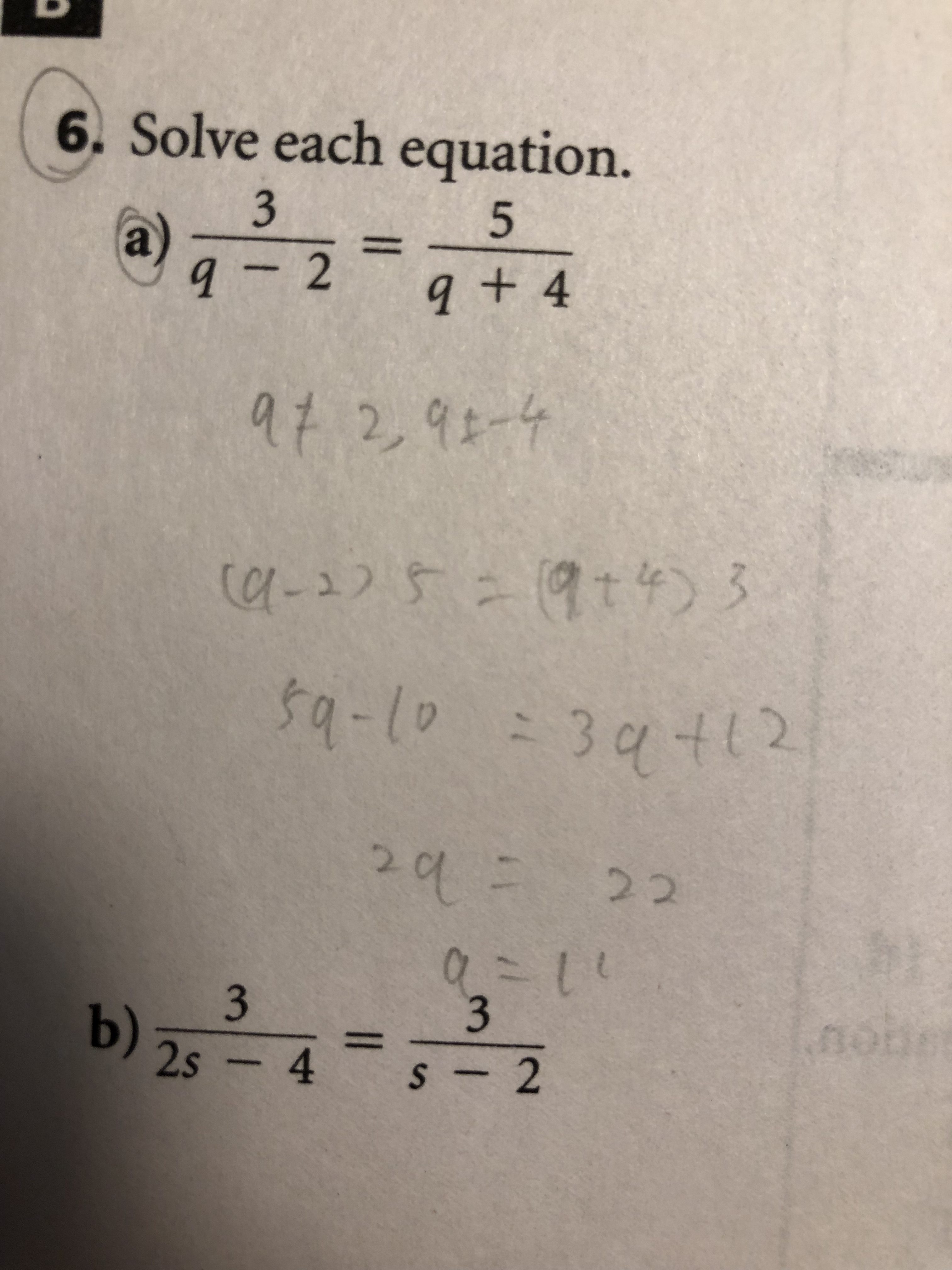High school, it is a journey from adolescence to adulthood.
High school graduation is a crossroad we were heading to for the past 18 years.
Through bloodshed and chaos, we are finally here. But what lye ahead?
When we were barely 18, we were asked to decide our future paths, we had to choose a post-secondary institution, a program and a comprehensive future plan.
But, how could we? How could one plan out their entire future without experiencing any of it or being a prophet?
With graduating high school, we are left to face the consequence of our decisions we made months ago.
What if you realise that your passion lye elsewhere?
We are drowned in anxiety, the fear of competing with other students. The fear of a crazy number of essays and papers. Subjects you have never heard about…
Of course, now, no one will care if you skip the lectures, if you did not do the readings or homework.
There might even be drinking games, parties and girls. Even weed, if you are at UBC.
But, brace for the worst. Hope for the best!

